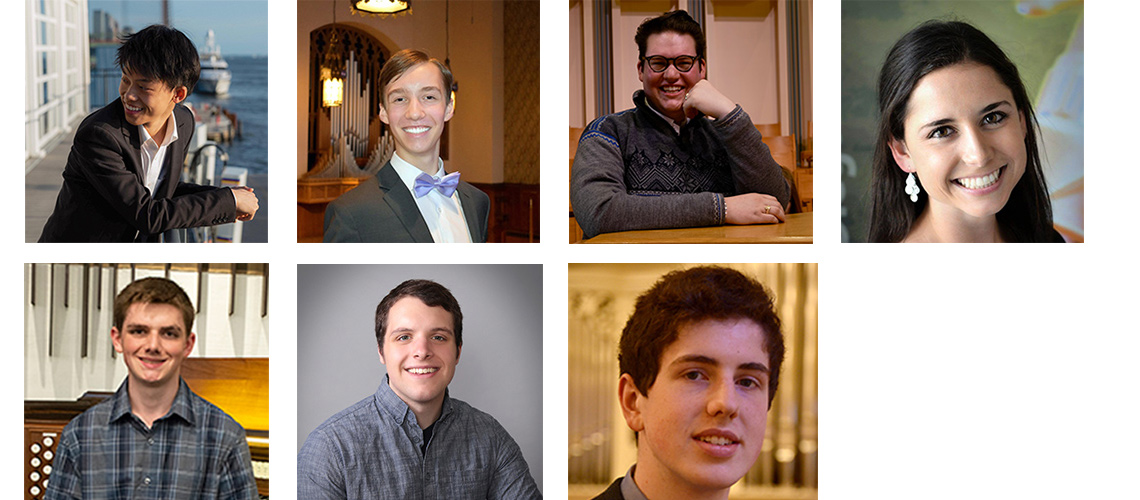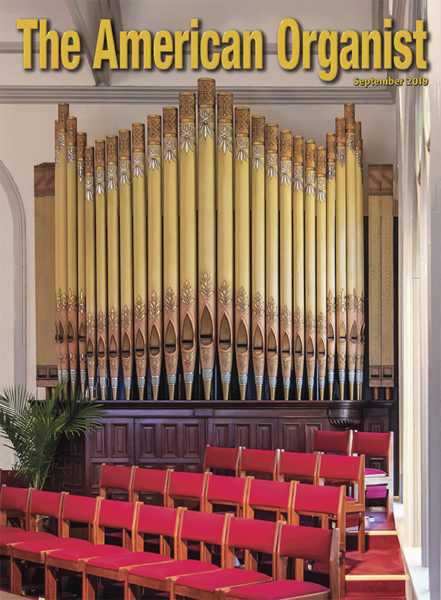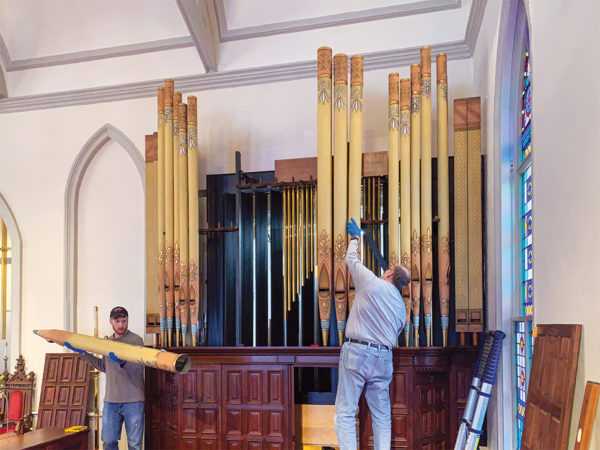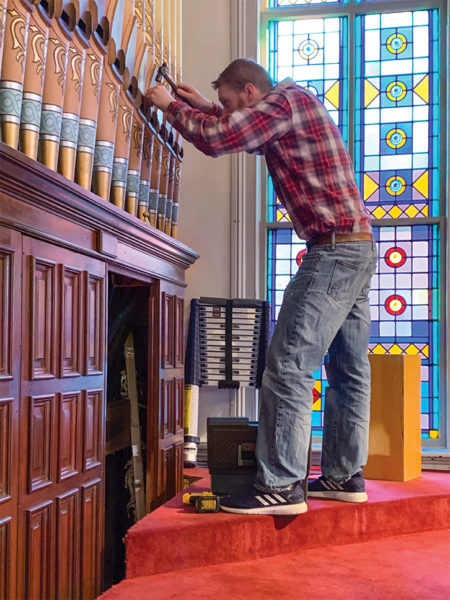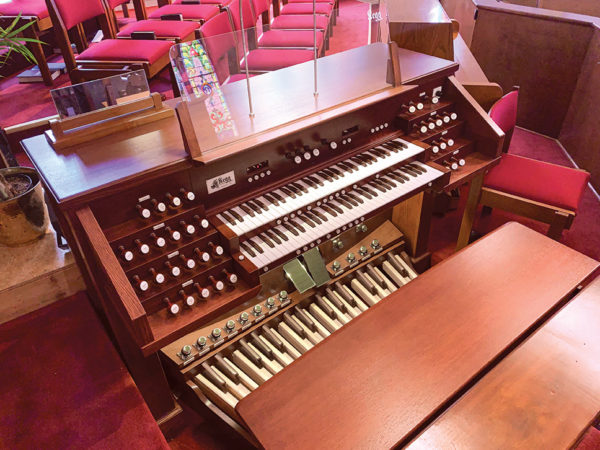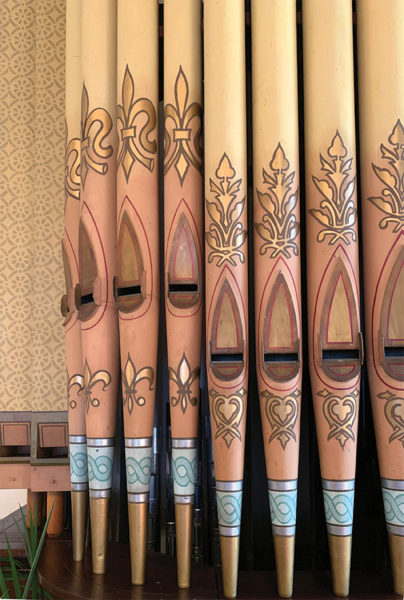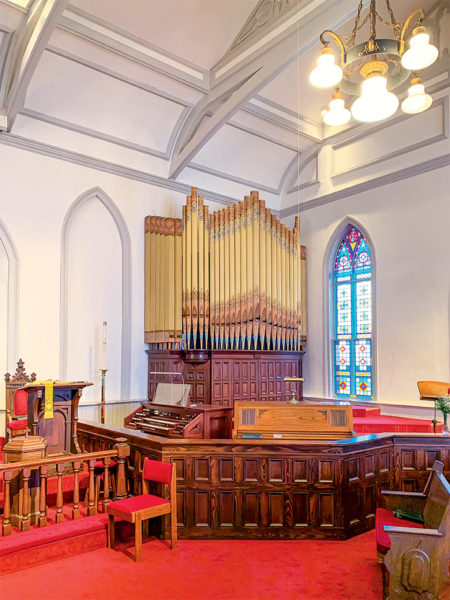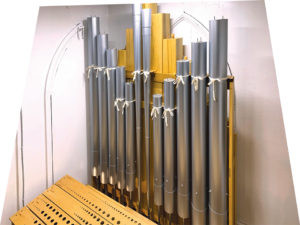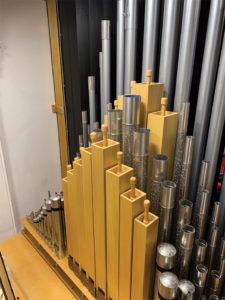Covenant Presbyterian Church
Scranton, Pennsylvania
Patrick J. Murphy & Associates
Stowe, Pennsylvania
View the Stop List
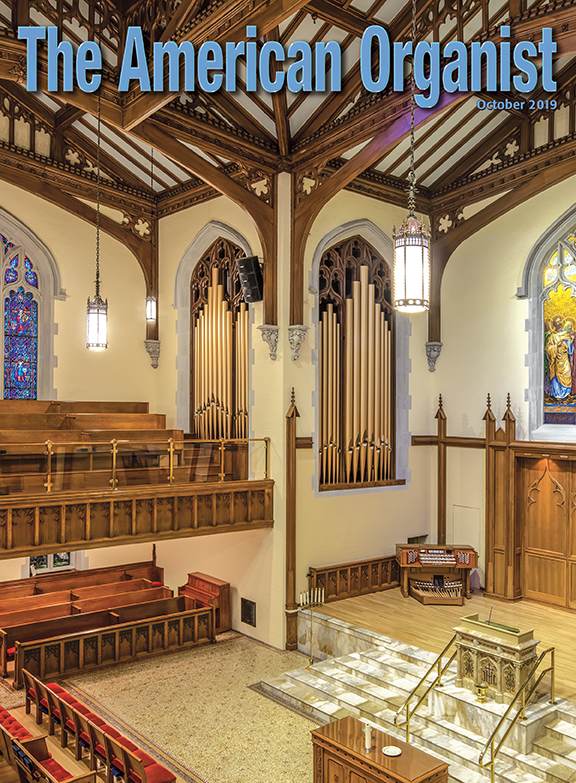
By Patrick J. Murphy
The major renovation of this three-manual, 37-stop organ at Covenant Presbyterian Church recasts the existing 1960s-era Schlicker with a new Swell division, revoiced fluework, new chorus reeds, and a new PJM signature console. This follows what is now a typical project that retains the best of an organ’s existing assets, instilling new musical life within a given instrument with “good bones.”
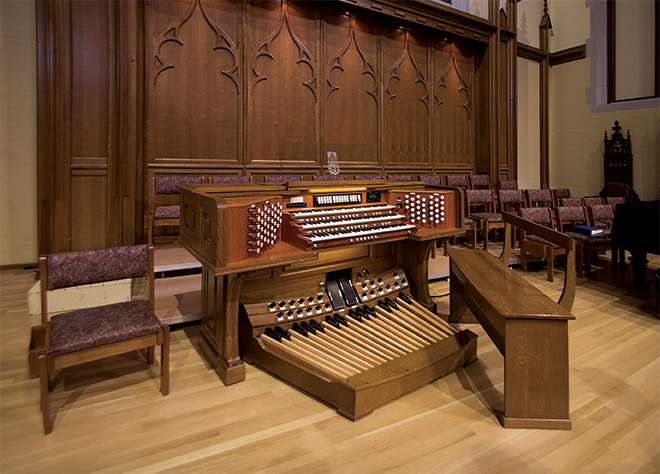
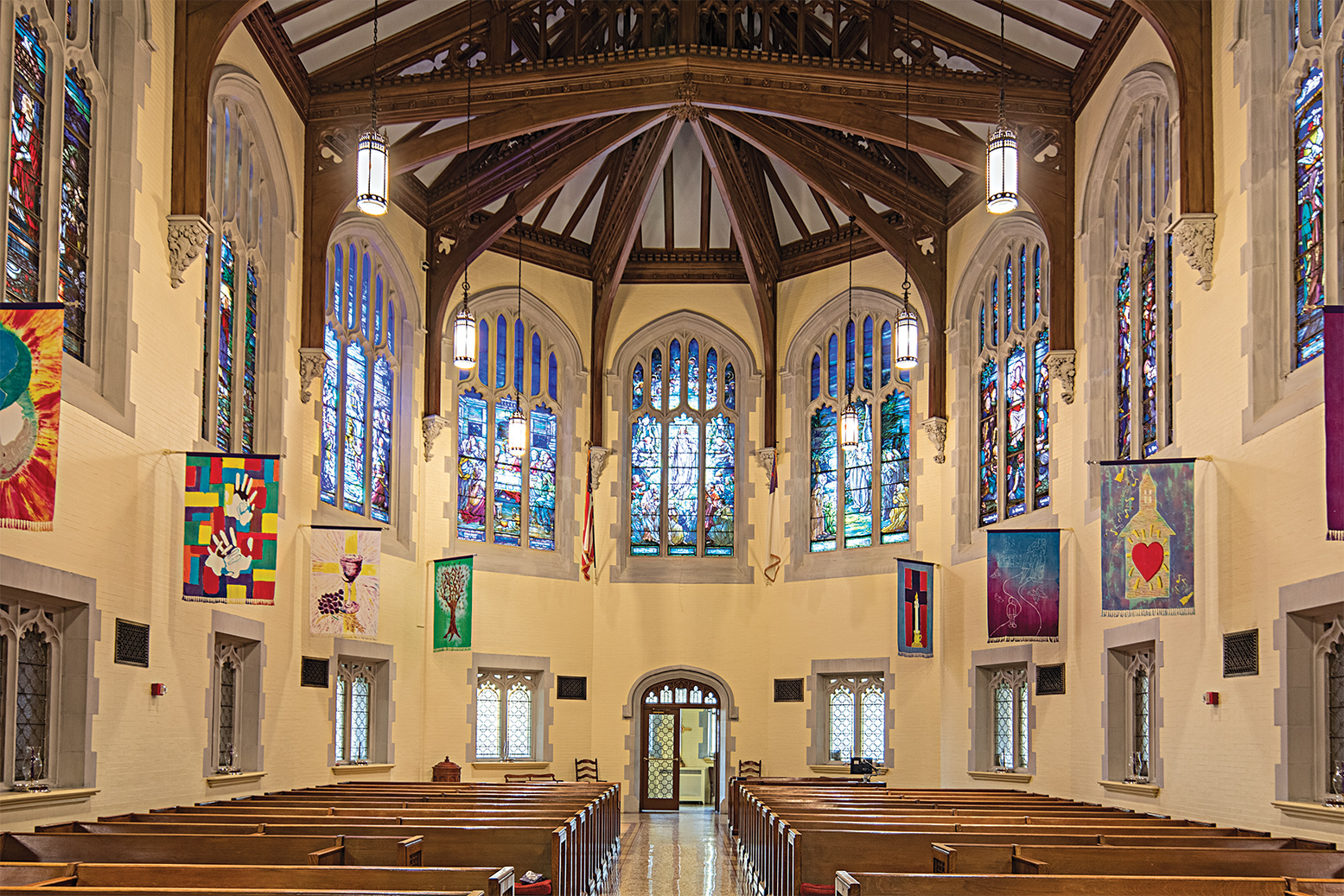

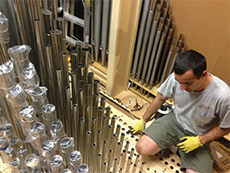
The project presented an opportunity to demonstrate what can be accomplished when everyone involved works together toward a common goal. Long held as the Scranton family parish church, the building was designed in the French neo-Gothic style by L.C. Holden with furnishings provided by American School Furniture, mosaic floors by W.J. Barriscale, and other furnishings from Pellarin and J.R. Lamb. The stained glass windows are by Nicola D’Ascenzo and the Tiffany studios.
The original instrument was a 1904 Hutchings-Votey rebuilt in 1928 by Austin. In time, that was replaced by a neoclassical instrument by Schlicker, installed secondhand as a result of a merger with a neighboring Presbyterian church.
What started out as a rather modest console replacement gradually evolved into a total renovation of the organ and restoration of this grand worship space after carpeting and declining physical alterations typical from the early 1960s reduced the visual and musical splendor of the room.

Tonally, the greatest change is in the Swell division. Revoiced fluework and new reeds provide the Swell with greater accompanying power and a much wider dynamic range. Its tonal center of gravity is enhanced, making it an equal partner to the Great in building the total ensemble. The Swell also received new windchests and a new expression enclosure with shades of substantial two-inch thickness (our standard) and openings on two sides, letting the instrument speak into both the nave and chancel. The Great division is enhanced to be broader in tone, taking full advantage of the improved acoustic to embrace the congregation with warm, rich sound. The Schlicker tonal ideal of clean, clear choruses is still evident, enhancing the performance of contrapuntal organ literature.
The results of the tonal changes in the room are outstanding. First impressions upon hearing the organ start with harmonically rich voicing, which gives the organ a sense of presence and color that stretches from the chancel to the nave in seamless fashion. This rich harmonic voicing is further matched with chorus reeds that provide additional foundation and color to the ensemble. The fluework and reed choruses are contrasted by a variety of strings and flutes that provide voices of character for use in a wide range of solo and ensemble music. This enables the organist to accompany choral works with style and musicality without affecting the foundations. The results of the tonal changes in the room are ultimately noticed while seated at the console. The organ plays well in the chancel under expression with a lyrical sense, but then erupts into full ensemble with ease and majesty for hearty congregational accompaniment.
New speaking facades comprising the 16′ Principal were designed based on photographs of the original Hutchings-Votey instrument that had been installed when the church was built. Those original pipes had been discarded when the Schlicker was installed, giving the organ the “pipes in the open” appearance popular at the time.
All of the other existing chests were releathered and rewired to comply with current NEC codes. Reservoirs were releathered and all winding reconfigured for a much tidier chamber layout. Our movable console incorporates a state-of-the-art control system and combination action with all the features expected today, including multiple memory levels, transposer, and record/playback.
It was a great pleasure to work with director of music Timothy E. Smith, whose gentle encouragement helped us find ways to achieve maximum results from the minimum amount of change, and also Stephen Carter, a dedicated member of the congregation who so ably coordinated the efforts of all the various contractors in this renovation project. Thanks also to the Reverend Dr. Scott Loomer for his support and guidance throughout the project.
View stop jambs(1)
View stop jambs(2)
Patrick Murphy is president and artistic director of Patrick J. Murphy & Associates Organbuilders.
Fred Bahr
Jon Carmichael
Matt Farrell
Megan Farrell
Kitty Greer
Matt Jones
Jerry Kohl
Chris Mills
Mat Newcome
Ross Newcome
Dwayne Short
Mark Tenreiro
Michael Tondo
Cover photo: Philip Maye
